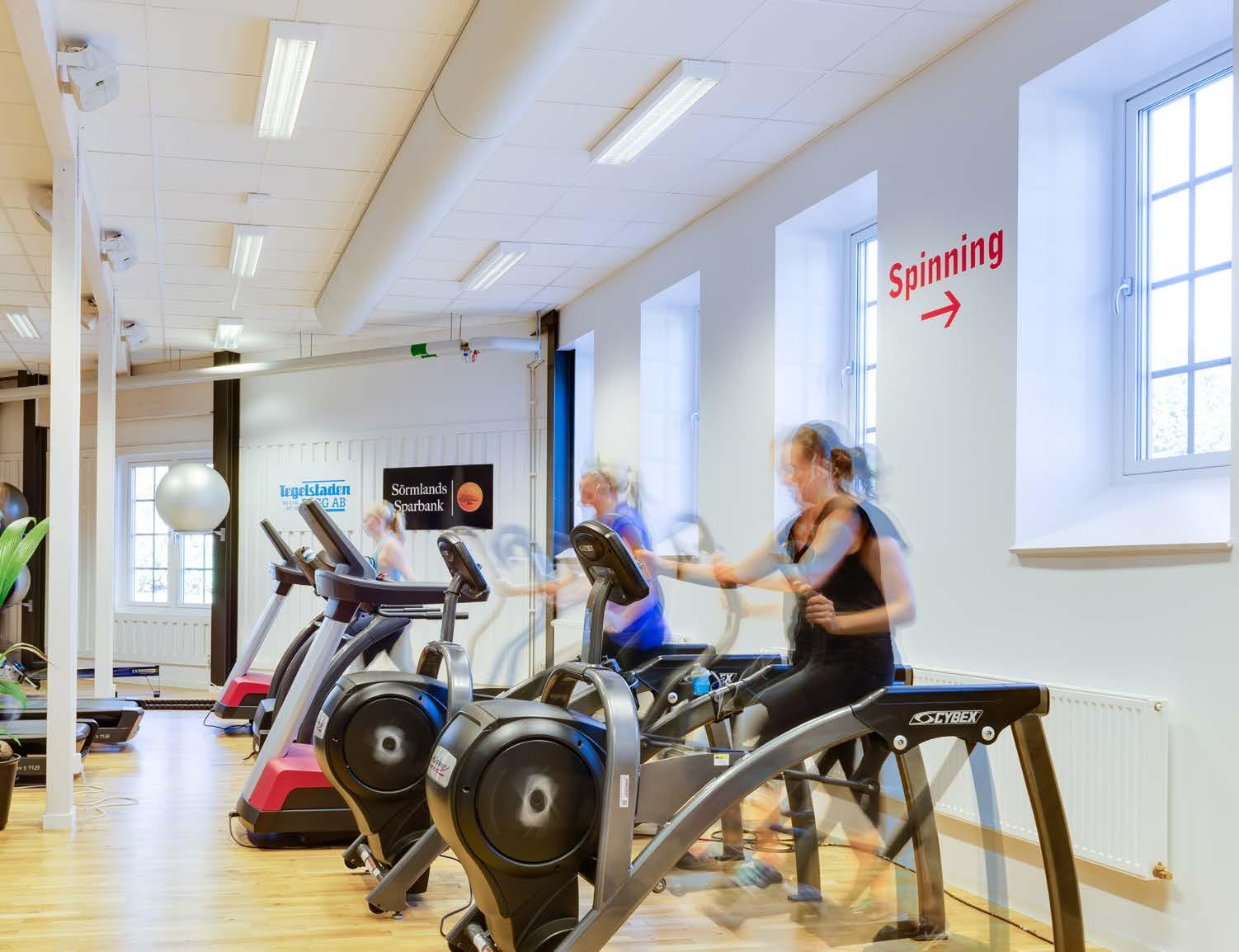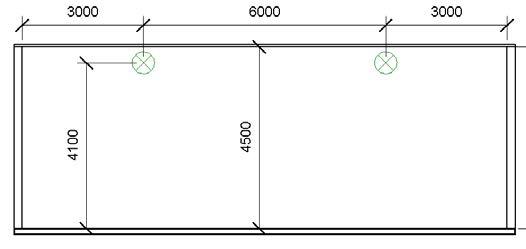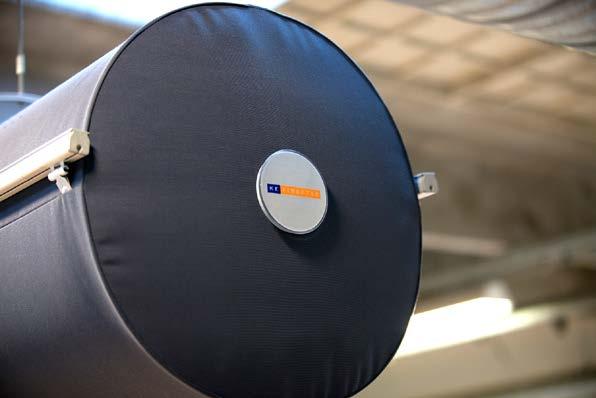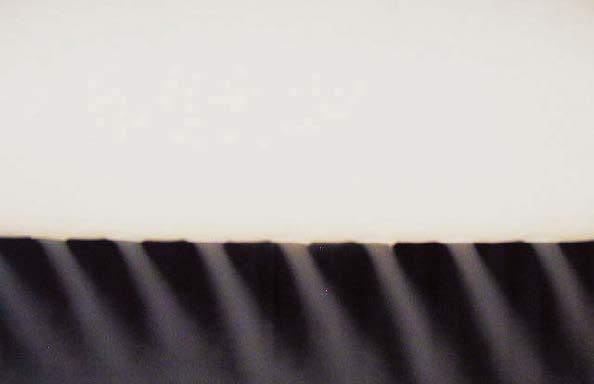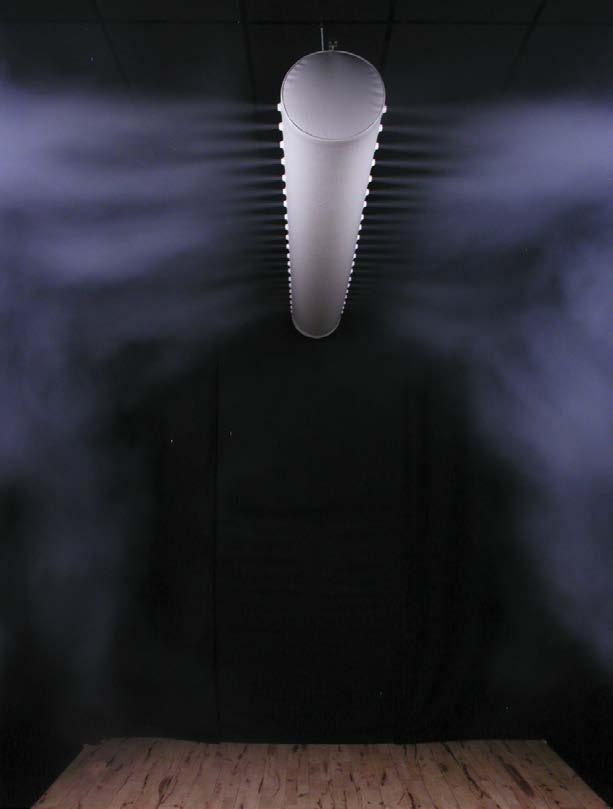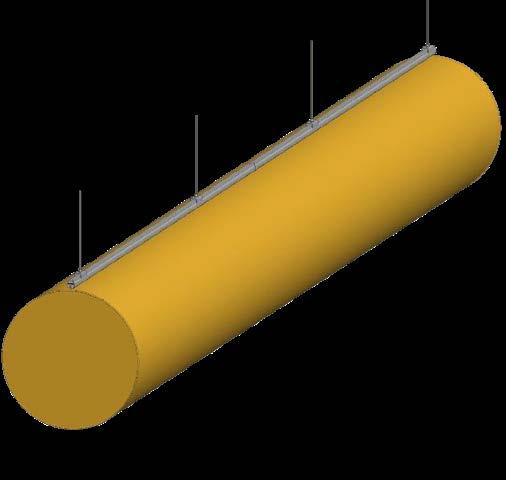
2 minute read
Case: Walkden High
CASE: Walkden High School.
Because of their soft surface, textile ducts always have a positive impact on room attenuation as they act as a kind of sound absorber in the ceiling, absorbing and breaking up part of the sound reflected in the ventilated room.
Walkden High School’s new building was constructed as part of BSF, Building Schools for the Future. To ensure that the class rooms would not receive any unnecessary noise from the ventilation ducts the consulting engineers requested a noise test in order to establish how much noise is absorbed by textile ducts. The test was performed by the University of Southampton for the purpose of establishing the room attenuation effect through textile ducts. KE Fibertec’s R&D department has carried out their own “equivalent absorption” calculation based on the results from the testing done at the University of Southampton.
2 Sabine] [m

duct A Sound Absorption
Cantilevered duct
Duct mounted on ceiling
1/3 Octave Centre Frequency [Hz]






Read the case at ke-fibertec.com When a sound wave disseminates in the air and hits a material, e.g., a wall, a portion of this energy is reflected. Some will be transmitted through the wall and some will be absorbed by the wall and transformed into heat energy.
Sound requirements.
There is often a requirement for a maximum noise level in an occupied zone. This requirement depends on how the room is used and how regularly. It is often specified as an LpA value or an NR value. The LpA value specifies the A-weighted sound pressure level which is standardised using an A-filter. The A-filter makes an adjustment for the human ear’s different perception of the sound, with the high tones being assigned the most weight. All KE Fibertec’s sound data is adjusted using the A-filter, see the table below:
63 Hz 125 Hz 250 Hz 500 Hz 1000 Hz 2000 Hz 4000 Hz 8000 Hz
A-Filter -26 -16 -9 -3 0 1 1 -1


